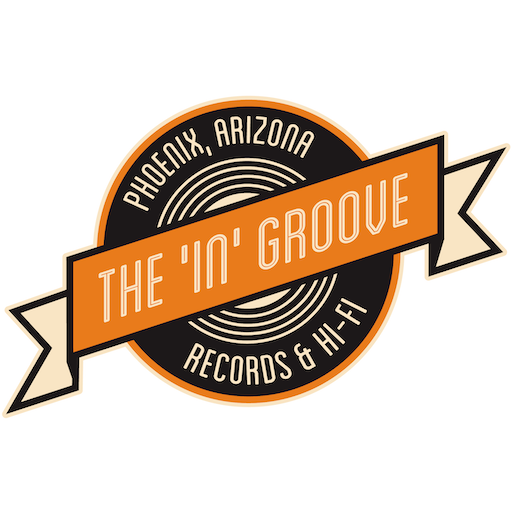Paul Simon - There Goes Rhymin’ Simon - MFSL SACD
Paul Simon - There Goes Rhymin’ Simon - MFSL SACD
Couldn't load pickup availability
There Goes Rhymin' Simon Features Session Pros, Tremendous Performances, and Strong Narrative Lyrics: Soul-Drenched Paul Simon Album Includes "Kodachrome" and "American Tune"
Sourced from the Original Analog Master Tapes: Mobile Fidelity's Numbered-Edition Hybrid SACD of 1973 Record Reveals "Those Nice Bright Colors"
Demonstrating a deep-seated flair for soul and R&B, Paul Simon recruited gospel backup singers and traveled to the Muscle Shoals Sound Studios to further refine the vibrant sounds he desired for There Goes Rhymin' Simon. His instincts proved correct. Many rightly consider the iconic singer-songwriter's third album a masterpiece – one that, per critic Robert Christgau, "suggests a new grace and flexibility for the mass-pop mode, and invests small subjects and emotions with an almost luminous wit and awareness."
Sourced from the original master tapes and housed in mini-LP gatefold packaging, Mobile Fidelity's numbered-edition hybrid SACD provides a clear, dynamic view of a record nominated for two Grammy Awards and that climbed to No. 2 on the Billboard charts. The expanse and depth of the soundstage, varied textures of the percussion, and natural bloom and decay of individual notes reach demonstration levels.
The newly revealed transparency, presence, and immediacy provided by the SACD showcase the scope and craft of Simon's alluring melodies – not to mention the vocal performances that, arguably, remain the album's standout element. Simon's singing hits peaks on There Goes Rhymin' Simon that equal or best those on any of his other works, Simon and Garfunkel included. Assured, natural, and supple, his baritone resonates with immersive realism and extension. At certain times, he lets loose; during others, he becomes a gentle balladeer on par with a prized jazz chanteur. That solo versatility remains staggering. He also receives support on two tracks by the legendary Dixie Hummingbirds. The pairing is nothing short of magical.
Ditto Allen Toussaint's horn arrangements on "Tenderness" and Quincy Jones' string charts for "Something So Right." The title of the latter tune could serve as the catch-all statement for There Goes Rhymin' Simon – nothing seems out of place, overlooked, overcooked, or underdone. The same goes for the playing of the session pros on the record. A partial lineup: Southern virtuoso Pete Carr (Joan Baez, Bob Seger, Rod Stewart), Muscle Shoals Rhythm Section member Jimmy Johnson, and R&B master Cornell Dupree on guitar; Muscle Shoals Sound Studio founder David Hood, Blue Note veteran Bob Cranshaw, and Astral Weeks contributor Vernie Robbins on bass; Fourplay founder Bob James on Fender Rhodes and keyboards; soul-jazz expert Grady Tate and Aretha Franklin collaborator Rick Marotta on drums.
The proof of the chemistry resides in the final results, which run the gamut from Jamaican-leaning rhythms and orchestral flourishes to steady blues currents and New Orleans-soaked brass accents. Simon's instinct for strong narratives conveyed with heartfelt emotion completes a trifecta of instrumentation, arrangement, and delivery. Taking a pulse on episodes such Watergate and the Vietnam War, the singer meditates on experiences universal to everyone in America – never more saliently than on "American Tune," an anthem based on a hymnal and whose lyrics hold true today. Similarly, Simon spins gleeful absurdity, antisocial behavior, and pensive reflection into truth on "Kodachrome," a No. 2 smash that permanently established him as a solo star.
Hits and singles aside, There Goes Rhymin' Simon stands as a cohesive statement. To quote Rolling Stone critic Stephen Holden, it's "a rich and moving song cycle, one in which each cut reflects on every other to create an ever-widening series of refractions." Indeed, everything looks worse in black and white, and Mobile Fidelity's SACD plays with the greens of summers and those nice bright colors.


